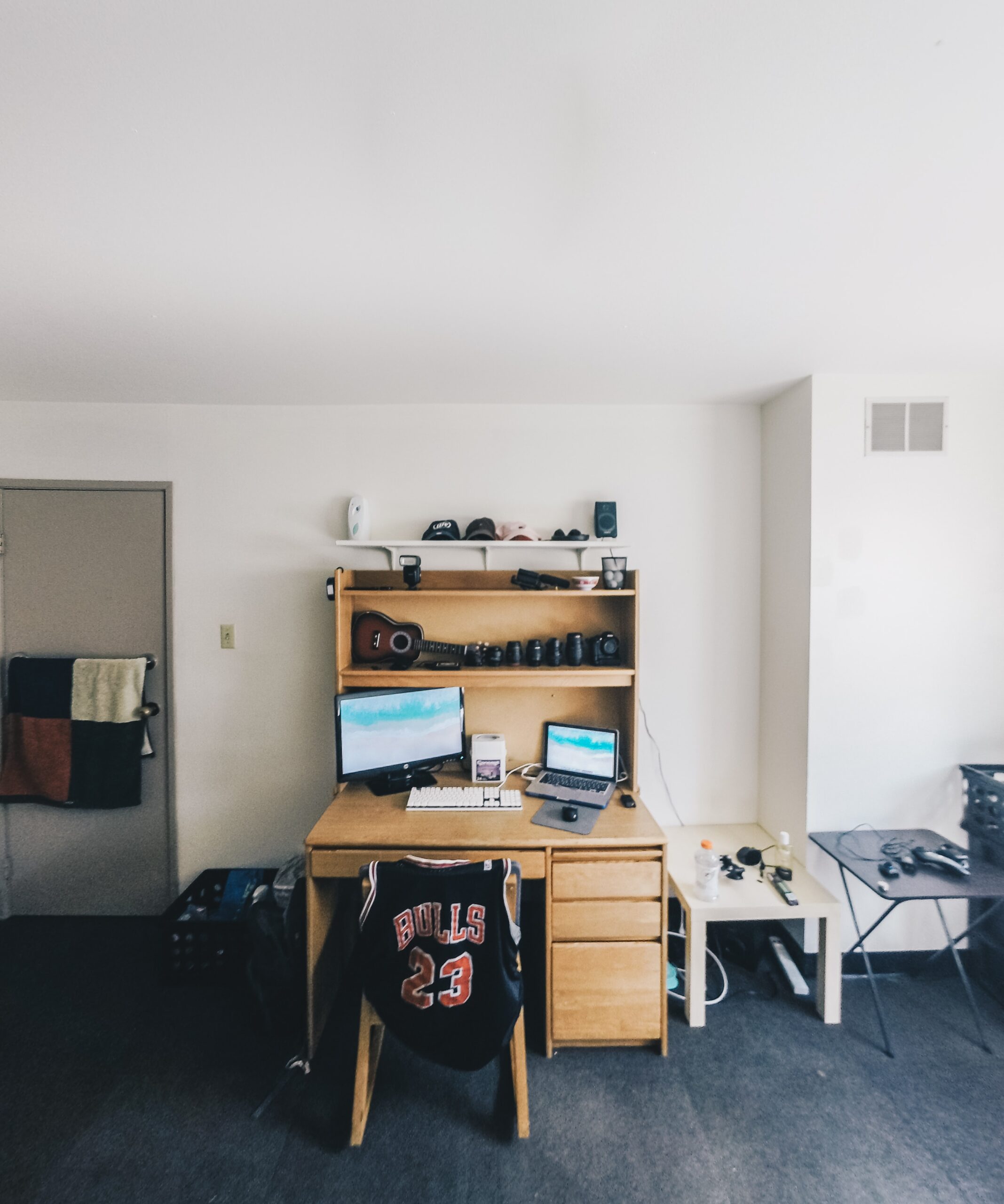Mold at Marymount: How is Marymount Responding?

Written by Caileigh Barnett
Photos by Unsplash
The reappearance of mold in Marymount residence halls has caused students to demand action from the student housing office, including room reassignments after scientific tests proved the presence of mold.
Onyel Bhola, the assistant vice president for facilities, planning and operations said,
“TheFacilities team works proactively to combat the factors which enable mold to grow. This includes managing the humidity levels and HVAC equipment in all campus buildings.”
Grace Needham, Jordyn O’Driscoll and Laney Placido moved into their ground floor Ostapenko Residence Hall suite on Aug 18 and found fungus growing on a spare mattress, the ceiling and in the air vents. The two sophomores and one senior shared their concern about the general cleanliness of the room, but after consulting their parents they said they learned about potential health risks associated with mold.
Needham notified Tamia Davis who serves as the director of living and housing at Marymount. Needham said Davis and Associate Vice President for Residential Life Richard McNab scheduled a visit to examine the mold in Needham’s suite. According to Needham, a few days later the pair visited the room, captured photos and “left without saying anything.”
Custodial staff replaced the bed frame and mattress but mold remained in the vents. Needham said McNab promised the women that a cleaning crew would come. The crew came while the women were in class and left unobserved, Needham said. Needham said that it smelled cleaner upon her return but that the mold was still visible. “The school is trying to tell us it’s just dirt so basically doing nothing for us. Even if it is not mold, our vents are still black and need to be properly cleaned with a strong chemical,” said Needham.

Bhola joined Marymount in May 2022. Her responsibilities are stewardship of the facilities, housekeeping and design and construction teams. She said in an email, “It is very important that students with private restrooms regularly clean their bathrooms and use the fan when showering.” She then said, “I would encourage all students to work with their RA and the housing staff to discuss any concerns they have about their facilities.” Mold was also reported in residence halls in previous years. Graduate student Mia Londregan recalls being moved out of her Berg dorm in Fall 2018. According to Londregan, “the mold was not in my room but other people had started noticing it and complaining so we heard about it,” said Londregan. “A week later they said everyone had to move out so they could clean and replace the vents. I’d say from the time we heard about it to the time we moved out was no more than two to three weeks.” By mid-Sept. The women living with the mold in Ostapenko said they had grown frustrated with the lack of urgency from the university. Needham said she sent many emails to McNab and Davis about a plan for removing the mold. “Even then, they acted like this was the first time they were hearing about the mold even though they were in our room the week before,” Needham said.
“They sent maintenance people to our room who told us it was just dirt again but did nothing to clean our vents.”
She said McNab responded and promised to hire a mold specialist. She said the specialist never came. The parents of the three women got involved and ordered a mold test kit from EMSL Analytical, Inc. A sample was sent to the company.
In mid-Oct., Needham said the results from the mold kit confirmed various kinds of mold were present in their suite. Needham forwarded the results to McNab, and within 24 hours the women moved their belongings into a different dorm. “We wish we could be in our rooms, but the report taught us that we have to be concerned first and foremost for our own health and well-being,” Needham said. “I just wish we had been able to get this kind of attention in August.”
According to the Mold Advisor website, mold spores are very common in college and university residence halls. The site lists reasons including a lack of cleanliness, inadequate ventilation and leaky roofs or pipes.
In 2021, junior student athlete at Marymount, Sydney Sands said her kitchen flooded in Ostapenko. “We just had water damage mold under our sink in the kitchen after it flooded,” Sands said.
The Centers for Disease Control and Prevention says mold grows in moist areas. Some people are affected and others are not. In an article, “Basic Facts about Mold and Dampness,” the CDC writes that, “some people are sensitive to molds. For these people, exposure to molds can lead to symptoms such as stuffy nose, wheezing, and red or itchy eyes, or skin. Some people, such as those with allergies to molds or with asthma, may have more intense reactions.”
Marymount has not provided students with information about mold prevention, mold side-effects or methods for mold remediation. However, the facilities team began working their way through Lee Ostapenko Hall’s suites to clean the existing HVAC and ductwork. Needham said Bohla sent out an email to all of the residents of Ostapenko that said, “Out of an abundance of caution and to ensure your safety, the Facilities team has retained a professional contractor to clean all of the HVAC equipment and ductwork in ALL of the suites of the Ostapenko Residence Hall.”
Multiple Marymount University staff members did not immediately respond to a request for comment.
 The Banner
The Banner